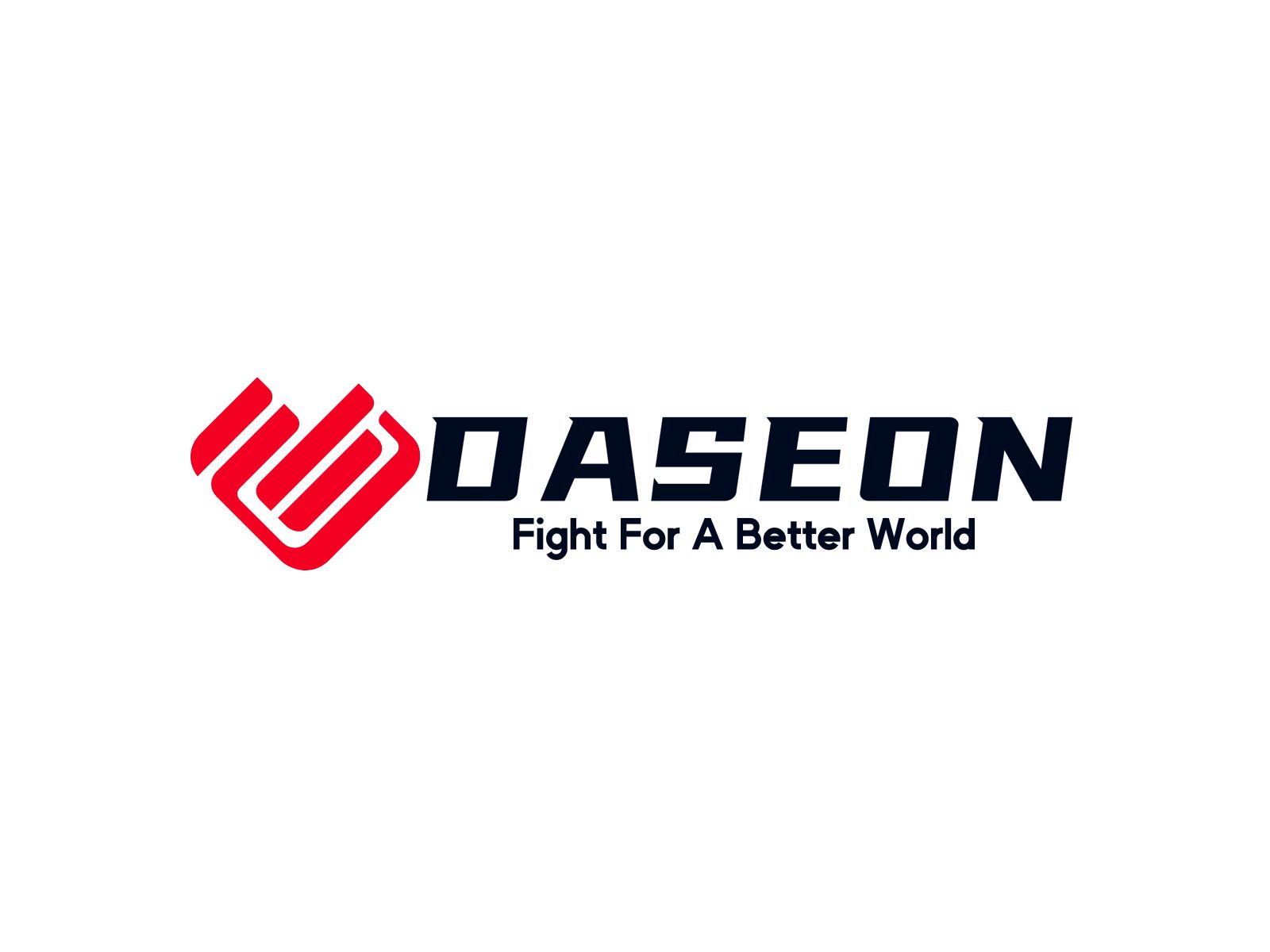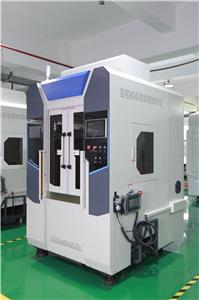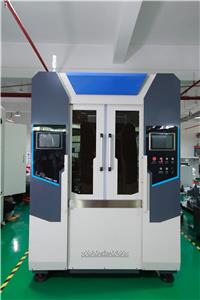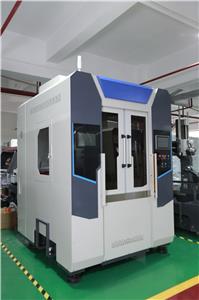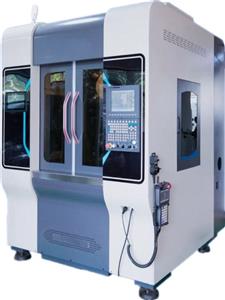- Home
- >
- News
- >
- die casting manufacturing
- >
- Auto parts: Causes and solutions for the porosity of aluminum alloy die-casting parts
Auto parts: Causes and solutions for the porosity of aluminum alloy die-casting parts
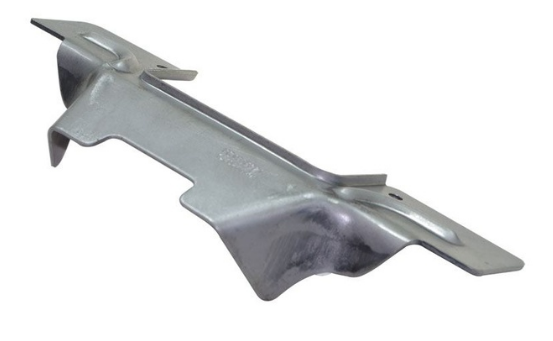
Among the defects of die castings, the most common ones are the pores.
1. Stomatal characteristics. It has a smooth surface and is round or oval in shape. The form of expression can be on the surface of the casting, or under the pinhole,
It may also be inside the casting.
(1) Gas source
1) Alloy liquid precipitation gas - a related to raw materials
b related to the smelting process
2) Entrapped gas during the die-casting process—a related to the die casting process parameters
b related to the mold structure
3) Decomposition of the release agent to produce a gas - a is related to the characteristics of the coating itself
b related to the spraying process
(2) Gas analysis of raw materials and smelting processes
The gas in the aluminum liquid is mainly hydrogen, which accounts for about 85% of the total gas.
The higher the melting temperature, the higher the solubility of hydrogen in the aluminum solution, but the solubility in solid aluminum is very low, so during the solidification process,
Hydrogen evolution forms pores.
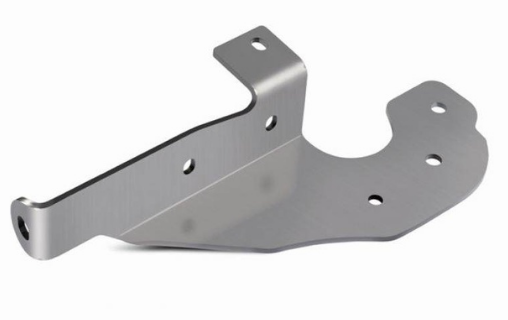
2. Source of hydrogen:
1) Water vapor in the atmosphere, which absorbs hydrogen from humid air.
2) The raw material itself contains hydrogen, the surface of the alloy ingot is wet, and the material is dirty and oily. 3) Tools and flux are wet.
(3) Gas analysis during die casting
Since the pressure chamber, the pouring system, and the cavity are all connected to the atmosphere, the molten metal is filled with high pressure and high speed, if it cannot be realized
In an orderly and smooth flow state, the molten metal creates eddy currents that will entrain the gas.
The following issues need to be considered in the development of the die casting process:
1) Whether the molten metal can flow smoothly and smoothly in the pouring system without separation and eddy current. 2) There are no sharp corners or dead zones
3) Does the gating system have a change in cross-sectional area?
4) Is the position of the exhaust groove and overflow tank correct? Is it big enough? Will it be blocked? Can the gas be effectively and smoothly discharged?
The application of the computer simulation filling process is to analyze the above phenomena and use the judgment to select reasonable process parameters.
(4) Analysis of paint production gas
Coating properties: If the amount of gas generated has a direct impact on the porosity of the casting. Spraying process: too much use, resulting in a large amount of gas volatilization, too much punch lubricant, or burnt, all gas
source.
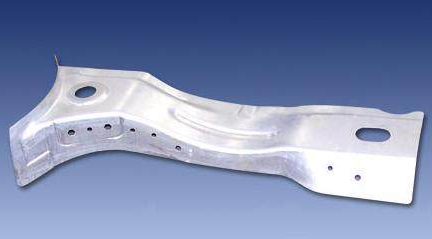
(5) Ways to solve the pores of die-casting parts
First analyze the cause of the stomata, and then take the appropriate measures. 1) Dry, clean alloy material.
2) Control the melting temperature, avoid overheating, and perform degassing treatment.
3) Reasonable selection of die casting process parameters, especially injection speed. Adjust the high speed switching starting point. 4) The sequential filling is beneficial to the discharge of the cavity gas, and the sprue and the runner have sufficient length (>50mm) to facilitate the combination.
The gold liquid flows smoothly and the gas has a chance to drain. The thickness of the gate, the direction of the gate, and the position at which the pores are formed can be changed.
Flow cell, exhaust groove. The sum of the cross-sectional area of the overflow product shall not be less than 60% of the total cross-sectional area of the ingate, otherwise the slagging effect will be poor.
5) Select a good performance paint and control the amount of spray.
